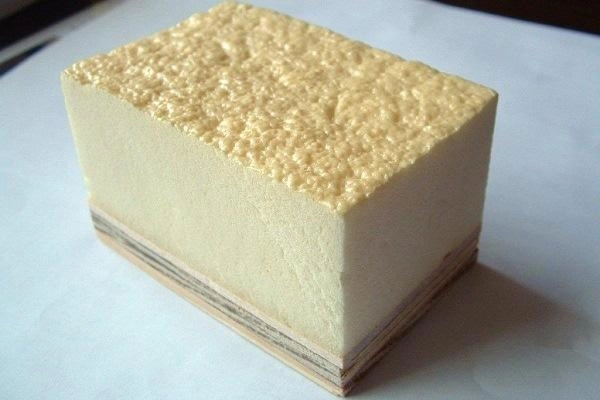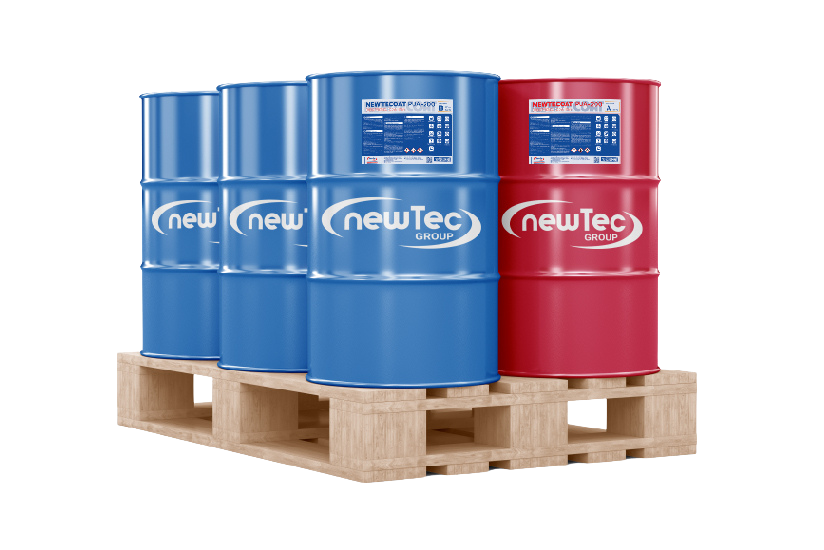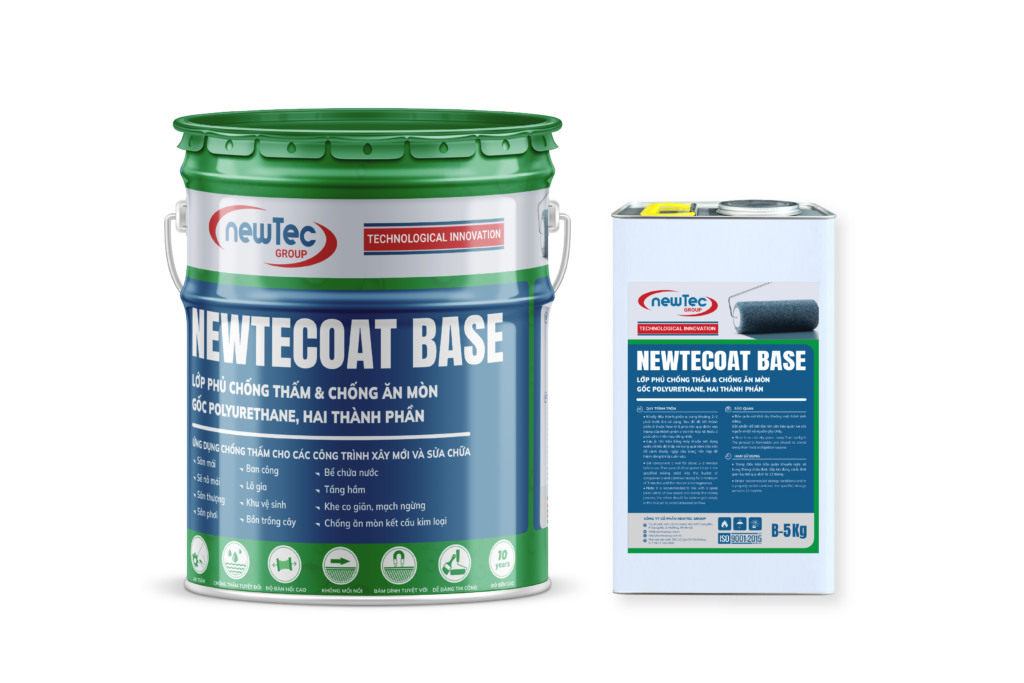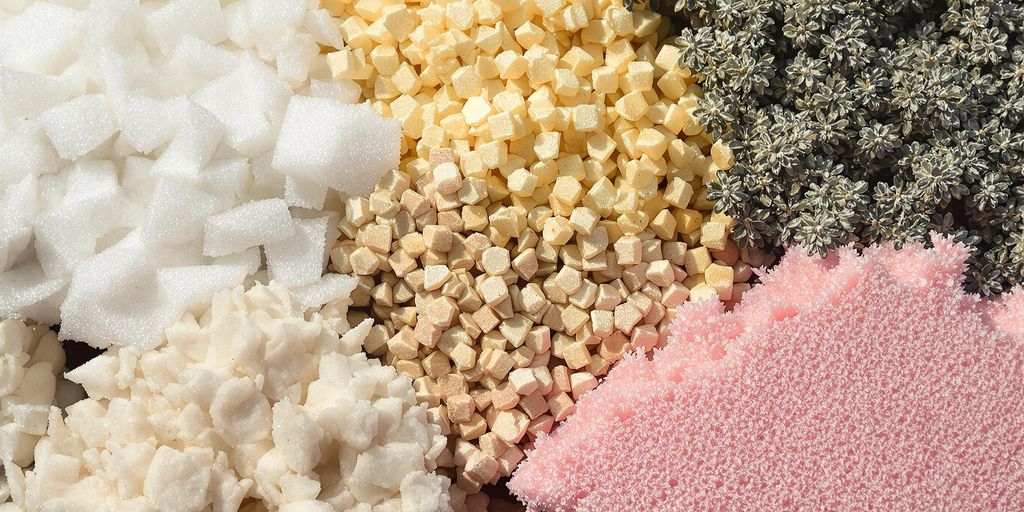Polyurethane foam is everywhere. From the cushions on your couch to the insulation in your attic, this material has become a household staple. But when you hear terms like “off-gassing” or “VOC emissions,” it makes you wonder—just how safe is it? This article breaks down what you need to know about polyurethane foam, its potential risks, and how to use it responsibly.
Key Takeaways
- Polyurethane foam is made from chemicals that can release VOCs, especially during application.
- Short-term exposure can cause irritation to the skin, eyes, and respiratory system.
- Proper ventilation and protective gear are essential when working with polyurethane foam.
- Eco-friendly alternatives like latex foam and cellulose insulation are available.
- Regulations from agencies like the EPA aim to minimize health and environmental risks.
What Is Polyurethane Foam?
Chemical Composition of Polyurethane Foam
Polyurethane foam is created through a chemical reaction between two main ingredients: polyols and isocyanates. Polyols contribute to the foam’s flexibility and structural properties, while isocyanates are responsible for the foam’s rigidity and durability. However, isocyanates can be harmful if not handled properly, as they may cause irritation or respiratory problems during application. The combination of these substances results in a highly adaptable material that can be tailored for various uses.

Polyurethane Foam
Common Applications in Daily Life
Polyurethane foam is everywhere. You’ll find it in:
- Mattresses and upholstered furniture for cushioning and comfort.
- Insulation in walls, floors, and roofs to enhance energy efficiency.
- Vehicle seating for ergonomic support.
- Packaging materials to protect fragile items during shipping.
Its versatility makes it a go-to material in industries ranging from construction to consumer goods. Polyurethane foams are especially valued for their lightweight, durable, and insulating properties.
Types of Polyurethane Foam
There are two primary types of polyurethane foam:
- Open-cell foam: This type is lightweight and has a softer texture. It’s mainly used for soundproofing and cushioning.
- Closed-cell foam: Denser and more rigid, closed-cell foam is ideal for insulation and structural support due to its superior thermal resistance and moisture barrier capabilities.
The type of foam chosen depends on the specific requirements of the application, whether it’s for comfort, insulation, or structural needs.
Is Polyurethane Foam Toxic to Humans?
Short-Term Exposure Effects
When polyurethane foam is being installed, it can release chemicals into the air that may cause immediate discomfort. Short-term exposure often leads to symptoms like eye irritation, coughing, and headaches. For some, these effects can be more severe, especially in poorly ventilated areas or without proper protective gear. A common recommendation is to wear masks, gloves, and goggles during installation to limit exposure.

Short-Term Exposure Effects
Long-Term Health Risks
Over time, prolonged exposure to certain chemicals in polyurethane foam, like isocyanates, can pose more serious health risks. These include:
- Development of asthma or other chronic respiratory conditions.
- Increased sensitivity to allergens.
- Potential carcinogenic risks from certain additives used in the foam.
The risk is generally higher for workers who handle these materials regularly compared to end-users. However, consumers should still be cautious about off-gassing from furniture or insulation made with polyurethane foam.
Safety Measures During Installation
To minimize risks, follow these safety measures:
- Ensure proper ventilation in the workspace.
- Allow adequate curing time for the foam to stabilize chemically.
- Use low-VOC or “green” polyurethane foam products to reduce harmful emissions.
Taking the right precautions can make a big difference in reducing health risks associated with polyurethane foam. For instance, choosing low-VOC options can significantly lower exposure to volatile organic compounds.
Additionally, it’s worth noting that polyurethane foam used in furniture may still emit VOCs over time, so placing such items in well-ventilated spaces can help mitigate prolonged exposure.
How Does Polyurethane Foam Impact the Environment?
Off-Gassing and VOC Emissions
Polyurethane foam releases volatile organic compounds (VOCs) during and after its application. These VOCs contribute to indoor air pollution and can have broader environmental implications. Some of these emissions persist long after the foam has been installed, affecting air quality over time.
- VOCs can contribute to the formation of ground-level ozone, a harmful pollutant.
- Prolonged exposure to these emissions can harm both human health and ecosystems.
- Proper ventilation during application can help minimize immediate off-gassing effects.
Challenges in Recycling Polyurethane Foam
Recycling polyurethane foam is no easy task due to its complex chemical structure. Most foam ends up in landfills, where it doesn’t break down easily. However, there are efforts to reuse it:
- Some manufacturers repurpose foam waste into insulation materials or carpet underlays.
- Chemical recycling processes are being developed but remain costly and energy-intensive.
- Lack of widespread recycling infrastructure limits large-scale efforts.
The difficulty in recycling polyurethane foam highlights the need for better waste management solutions to reduce environmental impact.
Eco-Friendly Alternatives to Polyurethane
There are greener options available for those looking to reduce their environmental footprint:
- Cellulose Insulation: Made from recycled paper, it’s treated for fire resistance and is biodegradable.
- Latex Foam: A renewable and toxin-free material that offers similar cushioning properties.
- Natural Fibers: Materials like wool, cotton, and straw can serve as insulation alternatives.
Switching to these alternatives can significantly lower the environmental impact of building and manufacturing projects.
Can Polyurethane Foam Be Used Safely Indoors?
Proper Ventilation During Application
Using polyurethane foam indoors requires attention to ventilation. When applied, the foam releases gases, including volatile organic compounds (VOCs), which can irritate your lungs and eyes. Always ensure the area is well-ventilated. Open windows, run fans, or use air purifiers to help clear the air. If you’re working in a confined space, consider wearing a mask designed for chemical fumes.

Proper Ventilation During Application
Curing Time and Chemical Stability
Once polyurethane foam cures, it becomes more chemically stable and safer for indoor use. The curing process can take anywhere from 24 hours to several days, depending on the product and environmental conditions. Avoid occupying areas where foam has been recently applied until it’s fully cured. This minimizes exposure to lingering fumes.
Waiting for the foam to completely cure is one of the simplest ways to reduce health risks indoors.
Minimizing Risks with Low-VOC Products
If you’re concerned about indoor air quality, opt for low-VOC polyurethane foam products. These emit fewer harmful compounds, making them a safer choice for homes, especially in spaces like bedrooms or nurseries.
Here are some steps to further reduce risks:
- Read and follow the manufacturer’s instructions carefully.
- Store unused foam in a cool, dry place, away from direct sunlight.
- Dispose of empty cans or leftover foam properly, as per local regulations.
By taking these precautions, you can enjoy the benefits of polyurethane foam—like its durability and insulation properties—without compromising your health or comfort.
What Are the Signs of Toxic Exposure to Polyurethane Foam?
Respiratory Symptoms and Irritation
Breathing issues are one of the first signs of toxic exposure to polyurethane foam. People can experience coughing, sneezing, or even shortness of breath. Inhaling volatile organic compounds (VOCs) released by the foam can irritate the respiratory tract. Prolonged exposure might lead to conditions like asthma or chronic bronchitis. If you notice difficulty breathing or persistent coughing after being around polyurethane foam, it’s worth taking it seriously.
Skin and Eye Reactions
Direct contact with polyurethane foam can cause redness, itching, or even rashes on the skin. The chemicals, especially isocyanates, can be harsh on sensitive skin. Eyes may also become red, watery, or irritated if exposed to fumes or particles from the foam. Wearing gloves and protective eyewear during installation or handling can help reduce these risks.
When to Seek Medical Attention
Sometimes, the symptoms go beyond mild irritation. If you experience severe dizziness, intense headaches, or chemical burns on your skin, it’s time to seek medical help. Persistent symptoms like wheezing or swelling might indicate a more serious reaction. Don’t hesitate to consult a healthcare professional if symptoms worsen or don’t improve after removing yourself from the exposure.
Polyurethane foam might seem harmless, but its fumes and particles can cause significant discomfort or health issues. Pay attention to any unusual symptoms, especially if you’ve been working with or near the material.
What Regulations Govern the Use of Polyurethane Foam?
EPA Guidelines on VOC Emissions
The Environmental Protection Agency (EPA) plays a significant role in regulating polyurethane foam. Their focus is on reducing emissions of volatile organic compounds (VOCs) and hazardous air pollutants (HAPs) during the manufacturing process. These efforts aim to cut over 14,000 tons of harmful emissions annually, making production safer for both workers and the environment. Manufacturers must follow strict guidelines to limit VOC release, especially in flexible foam production.
Workplace Safety Standards
The Occupational Safety and Health Administration (OSHA) establishes workplace safety standards for handling polyurethane foam. These rules ensure that workers are protected from exposure to harmful chemicals like diisocyanates, which can cause respiratory and skin issues. Key OSHA recommendations include:
- Providing proper ventilation in workspaces.
- Requiring personal protective equipment (PPE) like gloves and masks.
- Training employees on safe handling and emergency procedures.
Labeling and Consumer Awareness
Regulations also mandate clear labeling on polyurethane foam products. This helps consumers understand potential risks and proper usage. Labels often include:
- Warnings about VOC emissions and chemical exposure.
- Instructions for safe application and disposal.
- Recommendations for using low-VOC or eco-friendly alternatives.
Regulatory bodies like the EPA and OSHA aim to balance industrial use with public safety, addressing environmental and health concerns without stifling innovation.
Conclusion
Polyurethane foam is a material that’s everywhere in our daily lives, from furniture to insulation. While it’s not inherently toxic, the chemicals used in its production and installation can pose risks if not handled properly. The key takeaway? Be cautious. Whether you’re installing it yourself or buying products made with it, make sure to prioritize safety by using protective gear and ensuring proper ventilation. And if you’re concerned about its environmental impact, consider exploring eco-friendly alternatives. At the end of the day, understanding the material and taking the right precautions can go a long way in keeping you and the planet safe.
Read more: Understanding What is Polyurethane Made Of: A Comprehensive Guide





You may also be interested in
Understanding What Polyurethane Foam When Burned Gives Off: Health Risks and Safety Precautions
Polyurethane foam is commonly used in many products, from furniture to insulation. However, when it
May
Exploring the Question: Is Polyurethane Durable Enough for Everyday Use?
Polyurethane is everywhere, from the cushions on your couch to the insulation in your walls.
May
Exploring the Truth: Is Polyurethane Eco Friendly in Today’s World?
Polyurethane is everywhere these days, from your furniture to your sneakers, but is polyurethane eco
May
Trusted Polyurea Manufacturer for Philippines Supporting Industrial and Construction Excellence
The polyurea market in the Philippines is poised for significant growth from 2025 to 2031,
May
The Role of a Reliable Polyurea Manufacturer for Malaysia in Enhancing Construction Quality
Polyurea coatings have become increasingly vital in Malaysia’s industrial and construction sectors due to their
May
Reliable Polyurea Manufacturer for Cambodia Supporting Industrial and Construction Growth
Polyurea coatings are increasingly recognized for their vital role in the industrial and construction sectors,
May
Meet the Leading Polyurea Manufacturer for Thailand Powering Industrial Applications
Polyurea coatings have become an essential solution in various industrial sectors due to their exceptional durability, rapid curing times, and resistance to
May
Exploring Polyurea Manufacturer & Custom Coating Options in Southeast Asia
Polyurea coatings have become a game-changer in the protective coatings industry due to their remarkable
May